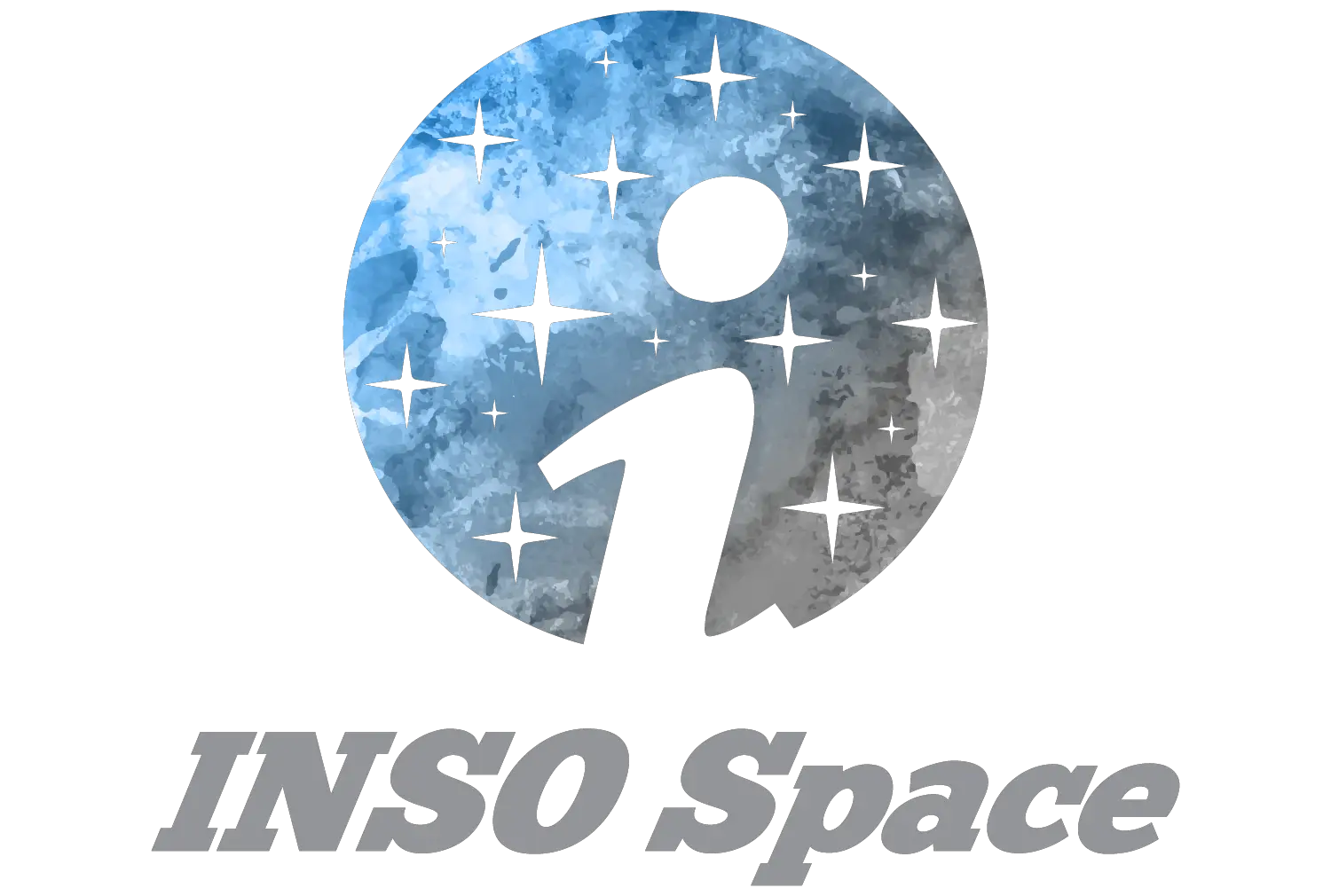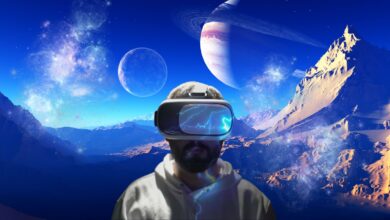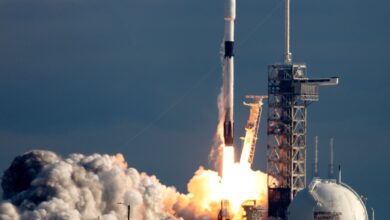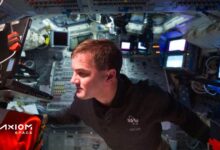The tragedy of Virgin Galactic’s SpaceShipTwo commercial flight into space
October 31, 2014: The Tragic Crash of Virgin Galactic’s SpaceShipTwo
Back in 2014, tragedy struck Virgin Galactic’s SpaceShipTwo commercial test flight. The incident left the future in question for one of the biggest space tourism companies and worryingly derailed the company’s plans to start commercial flights to the suborbital space.
This came at a time when hundreds of people had already bought the tickets priced at $200,000 to $250,000. In fact, the passenger list included top names like Leonardo DiCaprio, Justin Bieber, and Angelina Jolie. Many would-be passengers lost their nerve and canceled the reservations.
Virgin Galactic has come a long way in eight years. In fact, it has even taken its first crewed flight to space with Richard Branson aboard. However, the tragic day of October 31 is still fresh in people’s minds.
Today, let’s take a look back at the spaceflight tragedy that claimed a life and almost ended Branson’s hopes of experiencing space ever.
Looking back at the tragic day of the crash
The accident took place about tens of thousands of feet over the desert. As per the plan, SpaceShipTwo was taken above by a bigger plane, named WhiteKnightTwo. After this, SpaceShipTwo was dropped nearly to 50,000 feet. In any tourist flight, the rocket engines of SpaceShipTwo would bring it to the 62-mile boundary called the edge of space. This test was the first time SpaceShipTwo had tried to fly using a plastic-based, new rocket fuel.
The manufacturers had made slight changes to the plume of the rocket engines because they had also changed the fuel. Virgin Galactic had already announced in May that it was about to change the solid fuel type used to avoid instabilities in the engine. With these changes in mind, the necessary qualification tests for the flight continued for months. But October 31 was the first time the new fuel was being tested.
There were several changes made to the engine as it was sent on its fourth flight. It was expected that the flight is going to go smoother and faster after the initial changes made to its structure and build. However, this is not what happened on that fateful day.
The motor of the smaller plan was ignited after it was released. The WhiteKnightTwo had taken off at 9:18 am, and the accident took place about sixty to ninety seconds later.

Pilot Peter Siebold took a parachute and survived a ten-mile fall back to the surface, while suffering serious injuries. However, Pilot Michael Alsbury breathed his last on this mission.
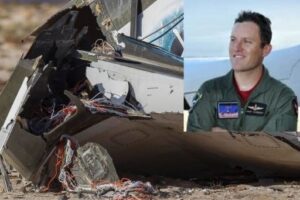
The ones overlooking the mission were suspecting that something was wrong, but it was not obvious at the beginning. Radio calls had reported some anomaly, so the officers waited.
Finally, the sheriff’s office got a call after 10 am that the aircraft had crashed about twenty miles northeast of Mojave city.
Two major errors leading to the fatal crash

The National Transportation Safety Board found that the fatal crash and breakup of the Virgin Galactic SpaceShipTwo last year was due to two reasons – an error by a co-pilot and the inability of the spacecraft makers to anticipate such catastrophic mistakes. Let’s look at these two mistakes that led to death and destruction.
Unlocking the feathering system at a wrong speed
The vehicle came with something called a ‘feathering system’ to lower its speed and stabilize the descent on returning to earth. However, the NTSB noted in its investigation that co-pilot Michael Alsbury, who breathed his last in the crash, had unlocked the feathering system too early – before the space plane reached the right speed at the time of the test flight.
Alsbury had unlocked that feathering system at Mach 0.92 rather than Mach 1.4, which was the intended speed. As such, the lift up from the horizontal tails at that speed is more than the ability of the feather actuator to stop rapid aerodynamic extensions of that feather system. So, the feather extended fast without further mechanical malfunction or pilot action, leading to the crash.
As per Katherine Wilson, the NTSB investigator on the case, Alsbury may have unlocked their system way too early to make sure the flight is not aborted. The feathering system needed unlocking by Mach 1.7 at the latest to prevent the flight from being aborted.
A major oversight by manufacturer Scaled Composites
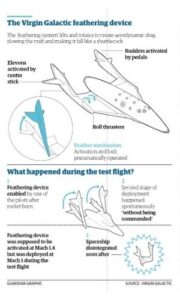
Virgin Galactic started growing after the success of the Ansari X Prize in 2004. It was organized for the first privately financed and made craft that can go over the sixty-two-mile space boundary. Scaled Composites had won the $10 million prize with a small version of SpaceShipTwo. The co-founder of Microsoft, Paul Allen, financed the effort.
Right after the Ansari X Prize, Richard Branson had announced the plans for his spaceship that was slated to carry six passengers and two pilots on a suborbital flight. Suborbital flights mean the plane will not get into the orbit but offer a couple of minutes of weightlessness over an arcing trajectory.
In the end, it was Scaled Composites, the aerospace company that made the spaceflight, which set the stage for the tragic fall. Its mistake was that it failed to take into account and protect against the chance of one human error that could lead to a catastrophic fall of the SpaceShipTwo.
Earlier, Virgin Galactic had completed several safety measures, which include modifications to the feather lock system and an automatic mechanical inhibitor to stop locking or unlocking the feather at the critical stages of flight. Finally, there was a change to the callouts and checklists the pilots go through before the system is unlocked. An external review team was called to assess the safety of the Spaceship company and Virgin Galactic’s engineering, operations, flight test, and the likes. However, SpaceShipTwo still could not be saved after all the efforts.
Interestingly, this was not the first time that tragedy struck the spaceport and has something to do with Scaled Composites. Back in July 2007, one of its rocket system tests went south and killed three people.
After the investigation, the NTSB had finally drawn up a list of ten recommendations. Eight of the recommendations were aimed at the Federal Aviation Administration’s Office of Commercial Space Transportation (AST) to enhance reviews and safety. The rest of the two were meant for the Commercial Spaceflight federation to serve as safety proxies for the ever-growing private spaceflight industry.
Branson had stressed after the incident that Virgin Galactic is resolute to move ahead and learn from the mistakes. He had also mentioned that the effort and the dedication shown by the two pilots will not go in vain.
Virgin Galactic’s recovery and travel to space
In the years that followed after the tragedy, Virgin Galactic started righting itself. It debuted the upgraded designs of the rocket-powered plane called SpaceShipTwo, and named the first of it as VSS Unity. Pilots had their first powered test flight earlier in 2018. This was the strongest indication that the company was getting ready for its commercial operations.
Finally, the spaceship took flight in 2021 – seven years after the tragedy. Billionaire Richard Branson managed to successfully reach the edge of space by traveling on his Virgin Galactic plane last year.
The top entrepreneur from the UK flew right above New Mexico in the USA in the vehicle that his company developed for seventeen years. He came back to earth safely after a little more than an hour of leaving the surface. The historical trip made him the first space tourism pioneer to try his company’s vehicle. He edged past Elon Musk’s SpaceX and Jeff Bezos’ Amazon in doing this.
The endnote
The big picture to see here is that commercial spaceflight is standing on the verge of becoming real. However, the success of space travel completely depends on the safety of the space crew at the level of each crew member and each operator.
